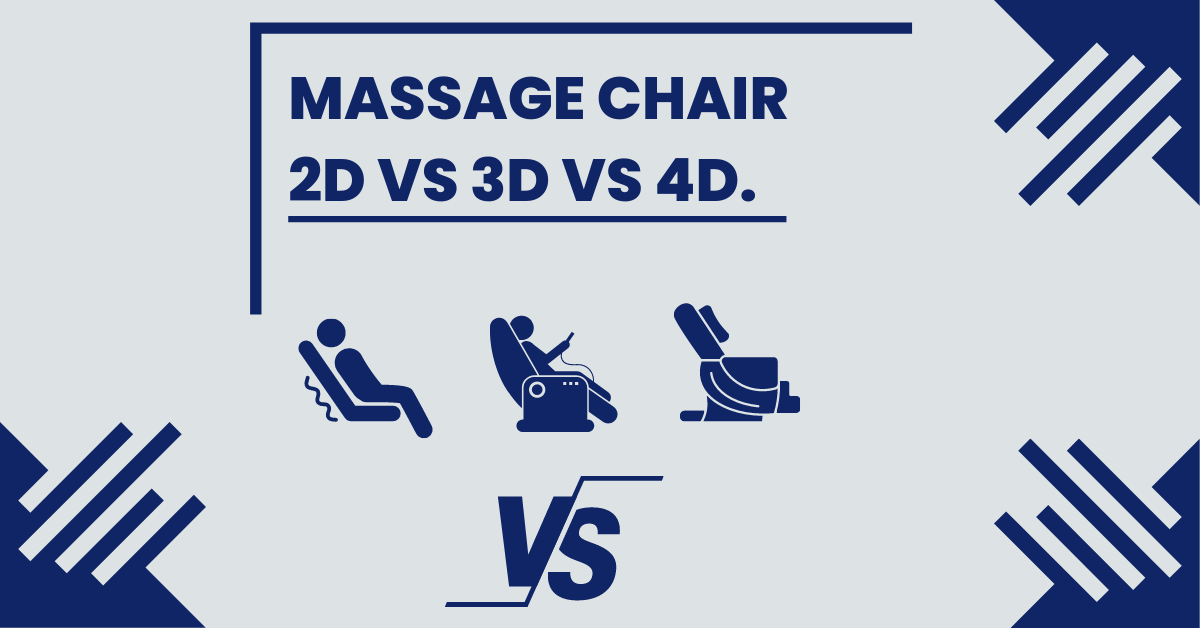

Swiss mathematician Ludwig Schläfli (1814-1895) made significant contributions to the study of 4D geometry. Ludwig Schläfli and the Regular Convex 4-Polytopes They laid the groundwork for the development of higher-dimensional geometry by introducing new ideas and mathematical tools. Some of the earliest mentions of four-dimensional spaces can be found in the works of August Möbius, Arthur Cayley, and Bernhard Riemann. The concept of higher-dimensional spaces dates back to the 19th century when mathematicians began to consider the possibility of geometries beyond the familiar three-dimensional space. In this section, we'll take a brief journey through the history of 4D geometry, highlighting some of the key moments and figures that have shaped the field. The study of 4D geometry has a rich history, with many significant milestones and contributors who have advanced our understanding of higher-dimensional spaces. "The further the spiritual evolution of mankind advances, the more certain it seems to me that the path to genuine religiosity does not lie through the fear of life, and the fear of death, and blind faith, but through striving after rational knowledge." - Albert Einstein History and Development of 4D Geometry: Milestones and Key Contributors Whether you're a math enthusiast, a geometry lover, or just curious about the world beyond three dimensions, the study of 4D shapes and polytopes offers a fascinating journey into the abstract and beautiful world of higher-dimensional geometry. These complex and symmetrical figures challenge our perception of space and invite us to dive deeper into the realms of mathematics and higher-dimensional geometry. 5-Cell: The Simplest 4-PolytopeĮxploring 4D shapes and regular convex 4-polytopes opens up a new dimension in our understanding of geometry. Now, let's take a closer look at each of the six regular convex 4-polytopes.

What are 4D shapes? To understand this concept, let's first discuss the process of "projecting" a higher-dimensional object into the dimension below. In this blog post, we'll delve into the fascinating world of 4D shapes and introduce you to the regular convex 4-polytopes: the 5-cell, 8-cell, 16-cell, 24-cell, 120-cell, and 600-cell.

Polytopes are geometric figures with flat faces in any dimension, and they include polygons, polyhedra, and their higher-dimensional counterparts. The world of geometry takes on a new dimension when we venture beyond the 3D shapes we're accustomed to and explore 4D shapes, or polytopes. "Four-dimensional space is not just an abstract concept, but rather an actual reality that is the natural extension of the three dimensions we are familiar with." - Ludwig Schläfli


 0 kommentar(er)
0 kommentar(er)
